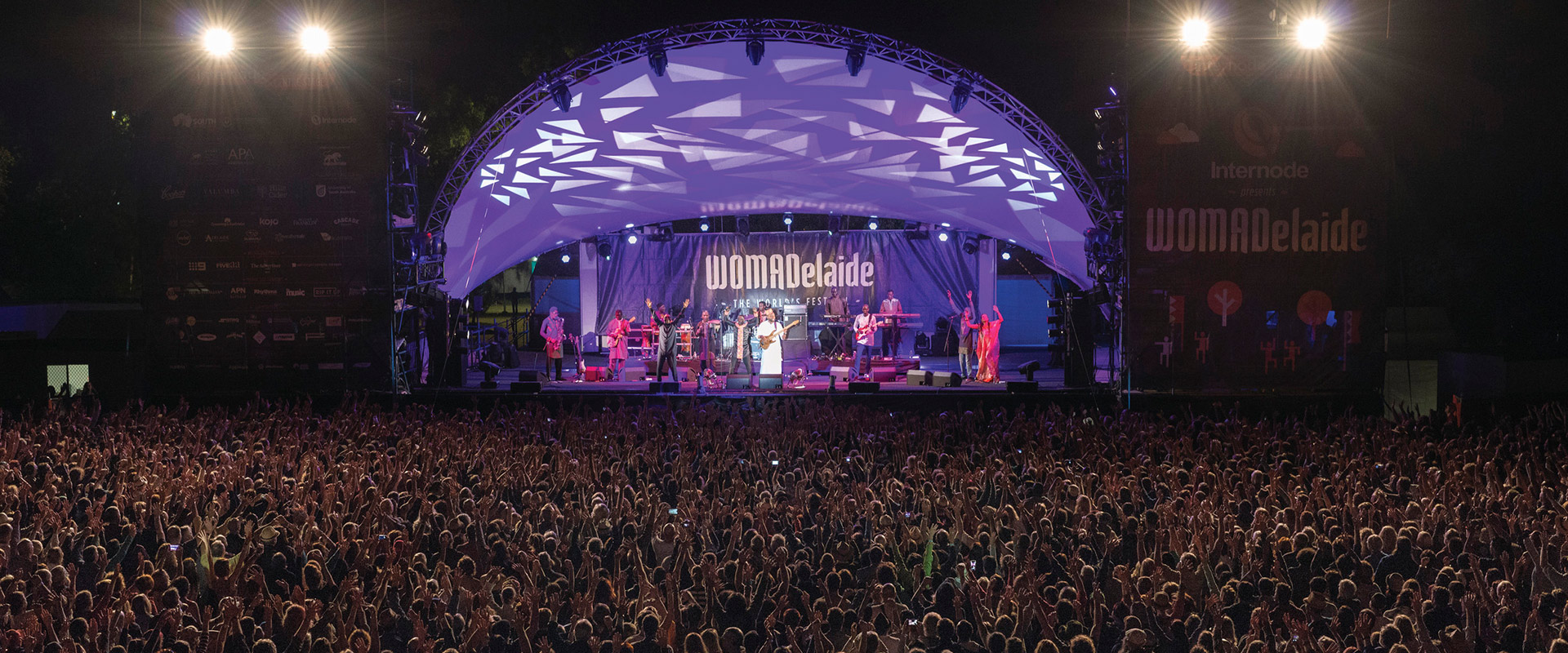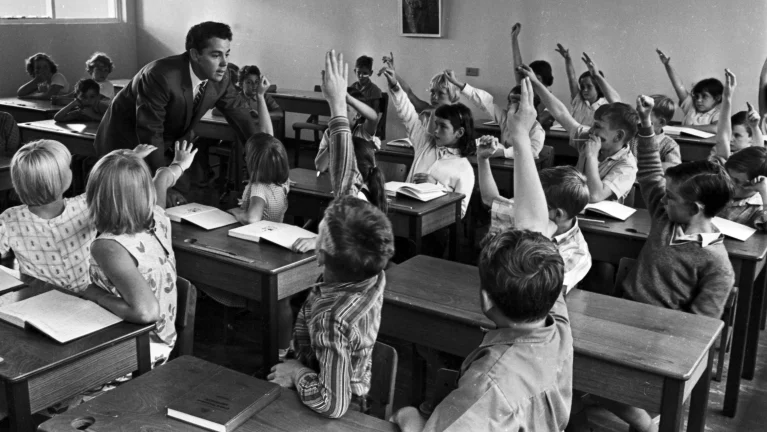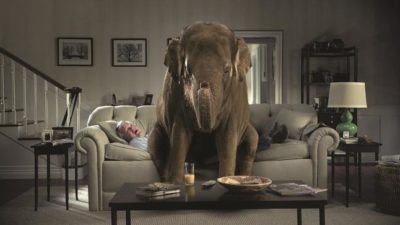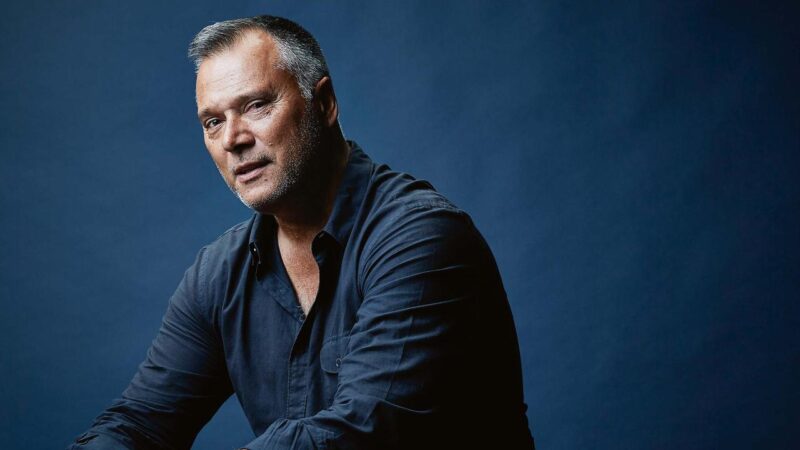Maintaining a vibrant arts sector during a shutdown
That COVID-19 is impacting every individual, every business and every organisation goes without saying. But while some businesses and organisations can keep operating with different operational parameters, it is fair to say that the cultural sector has been pretty much laid bare.
This sector is not of course the only one – it is joined by tourism services, restaurants and bars and gyms and many others. These sectors, including cultural activity, interact and all have a heavy dependence on community interaction and without it the basic operational premise is fundamentally different. Like restaurants doing takeaway – we see some efforts with performers offering online and trying to connect with their communities in that way, and we see others doing interactive phone linked performances – but it remains a fundamental shift. South Australia is in some ways lucky that we got through the peak Festival (aka ‘Mad March’) season largely unscathed – and so we have that time (was it really on a month ago) to hang onto, to reminisce about.
The major festivals in Adelaide in 2018 and 2019 created incomes in South Australia (Gross State Product) of well over $100 million and supported over 1000 full time jobs. And while we got through the peak period, events such as the Cabaret Festival, SALA and the Adelaide Film Festival are all likely to be impacted going forward – significantly modified or even cancelled. It is not beyond the realms of possibility that the impact will be felt in February and March 2021. This will significantly curtail income and performance opportunities for local artists and the supporting activities as well as the level of activity in hospitality and accommodation.
More generally, the future is equally clouded. Theatres cannot open, events that local musicians depend on such as weddings and pubs aren’t happening, film scenes cannot be shot, art fairs cannot occur, and of course major festivals are being cancelled. This impacts on the livelihoods of those who contribute to those events, and it impacts on tourism dollars into the state.
The cultural sector is of course very diverse – performing arts, visual arts, large formal organizations, sole trader operations. The 2016 Census gives us some sense of the structure, although the way the questioned are frame leaves out a lot of people who participate in the arts on a part time basis making their major income from other source.
From the Census in South Australia there are over 2000 arts professionals who work in the state with 62% in the arts and recreation sector, but also a proportion in other sectors including education, accommodation and hospitality, and other services. 57% worked in sole trader organizations (ie no employees), while a further 38% worked in an unstructured context – and none worked in organizations with employment greater than 20. Participants in the sector do not really consider themselves as businesses or business organisations, but as artist and contributors to culture.
The arts sector some people have criticised the economic response to the COVID situation as ignoring the arts and creative sector. This is understandable given that it has been amongst hardest hit. The sector is eligible for the general supports – including Jobkeeper, jobseeker, payments of up to $100,000 to eligible small and medium sized businesses (and not-for-profits), loan guarantee scheme will also support small to medium-sized businesses are supports – and additional supports at the state government level. However, given the casual and informal organisational structure of the sector many will have difficulty claiming these general supports. There are some targeted schemes directed at the sector, organised mainly through the Australia Council with $5 million of funds redirected to schemes that will meet more immediate needs. However, it remains critical that self employed artists make sure they get the advice they need to access income support and consider the economic side of what they do.
Equally importantly the needs to continue to drive creativity in a period of isolation and boredom is the underpinning of the future of the sector, and as such – while difficult to do when not engaging with others there is a need to focus on skill development – honing those scripts or lyrics, developing new riffs, applying an innovative design to a piece of work that you normally wouldn’t have time to do while still managing a living income while you do when direct income sources are hard to come by.
So to those who we rely so much for the quality of life we enjoy I hope that you can find your way through the maze to emerge better and stronger when the opportunities begin to emerge again, as they surely must.




